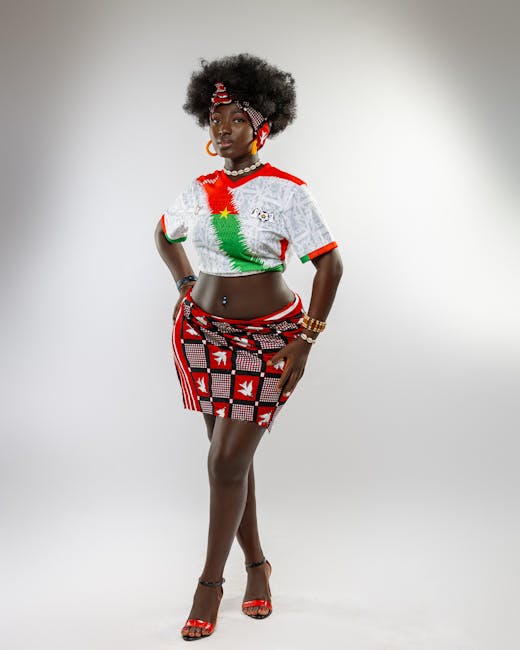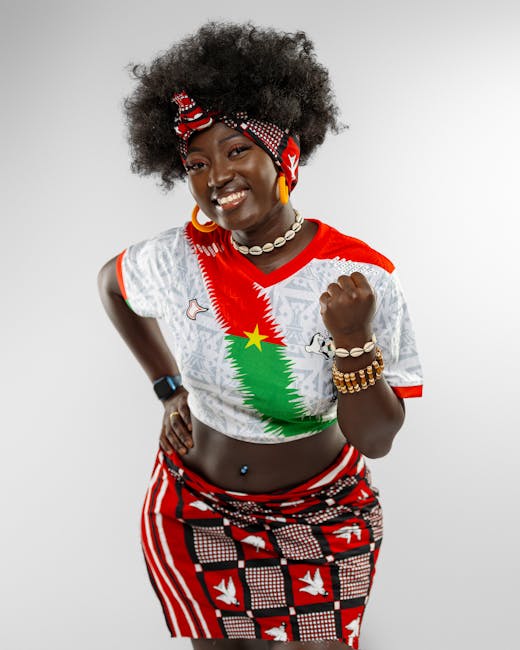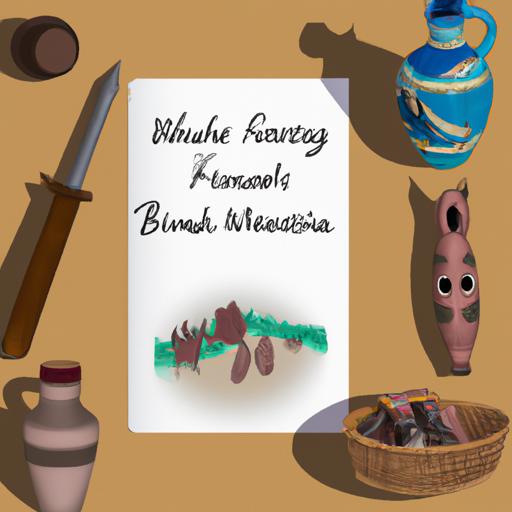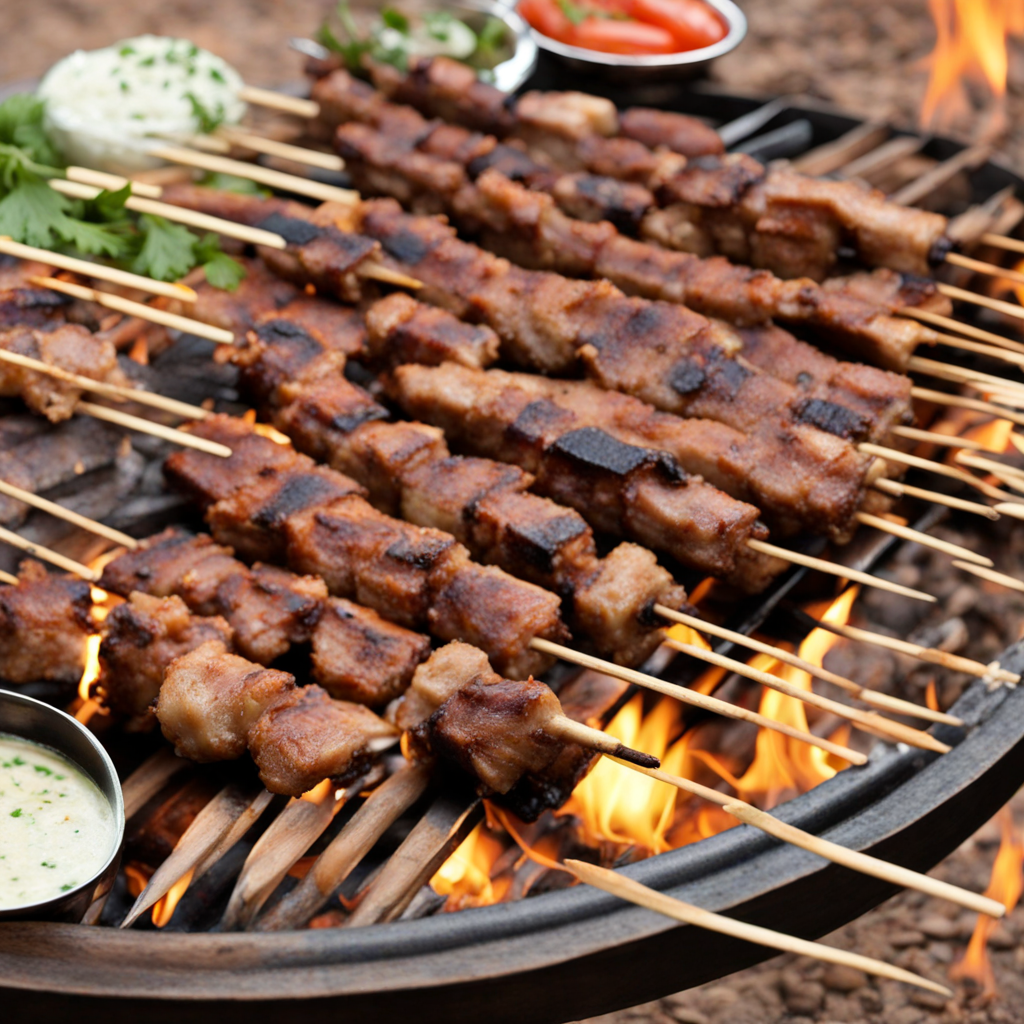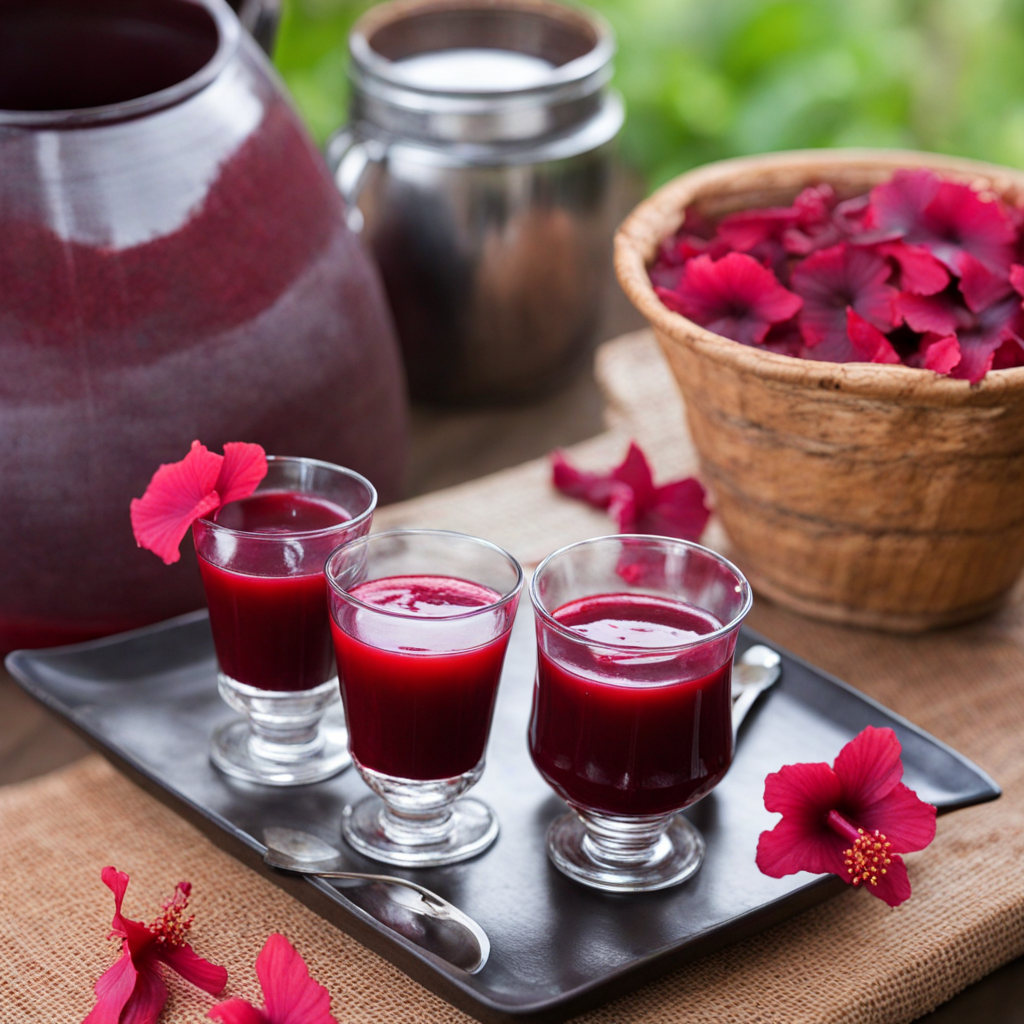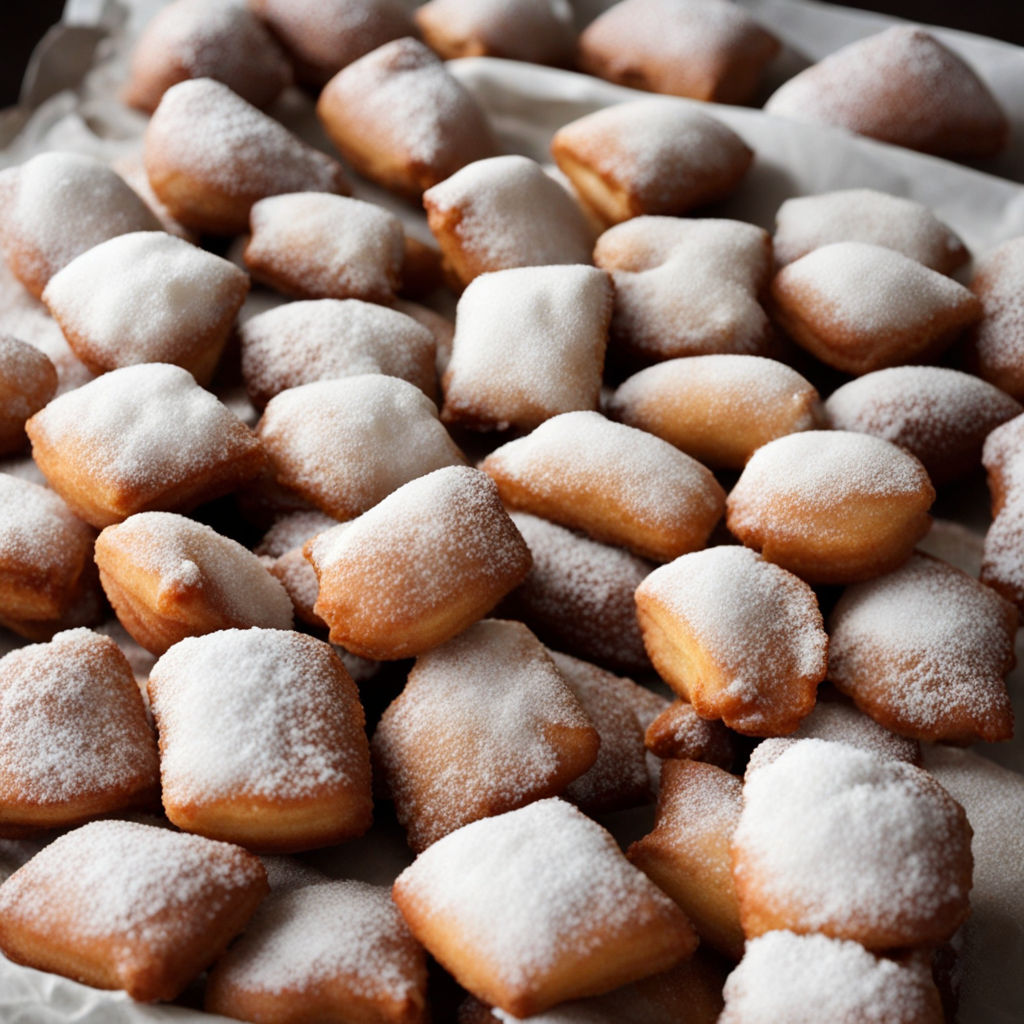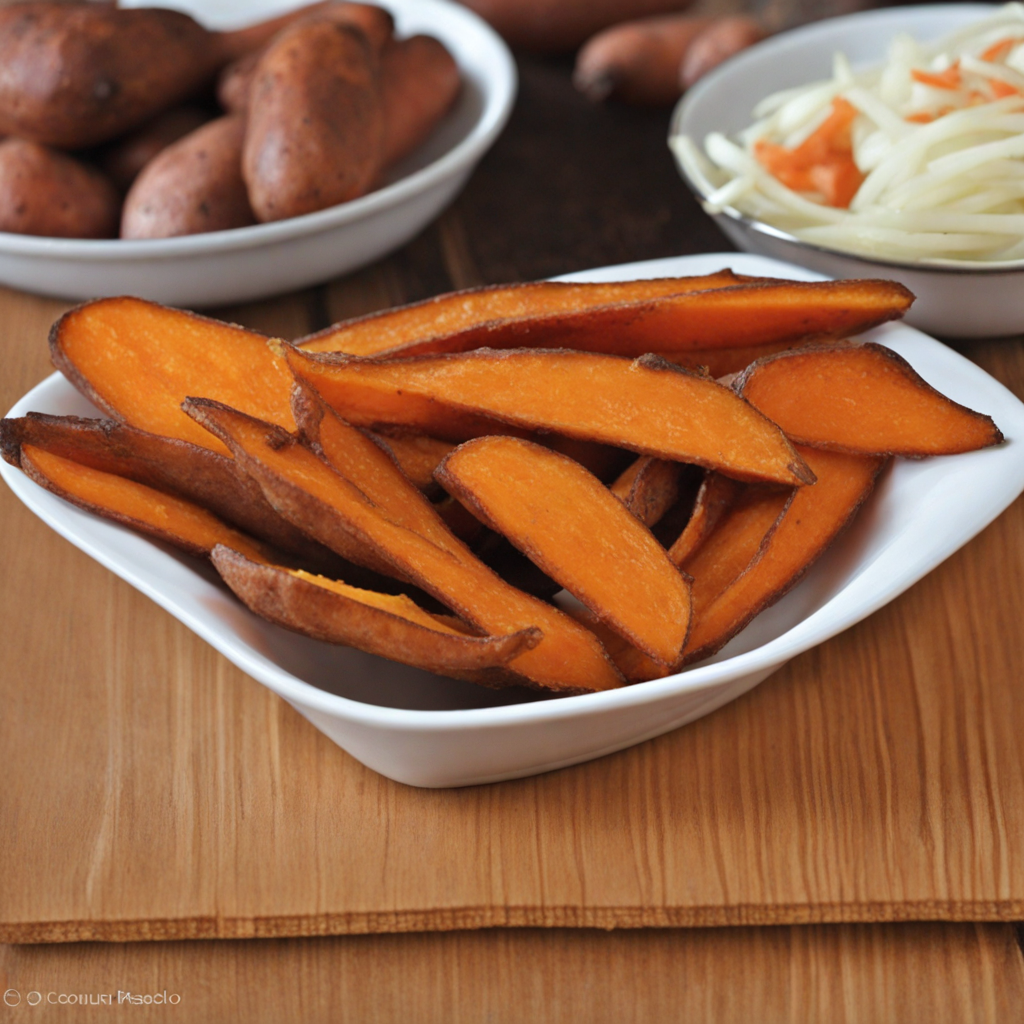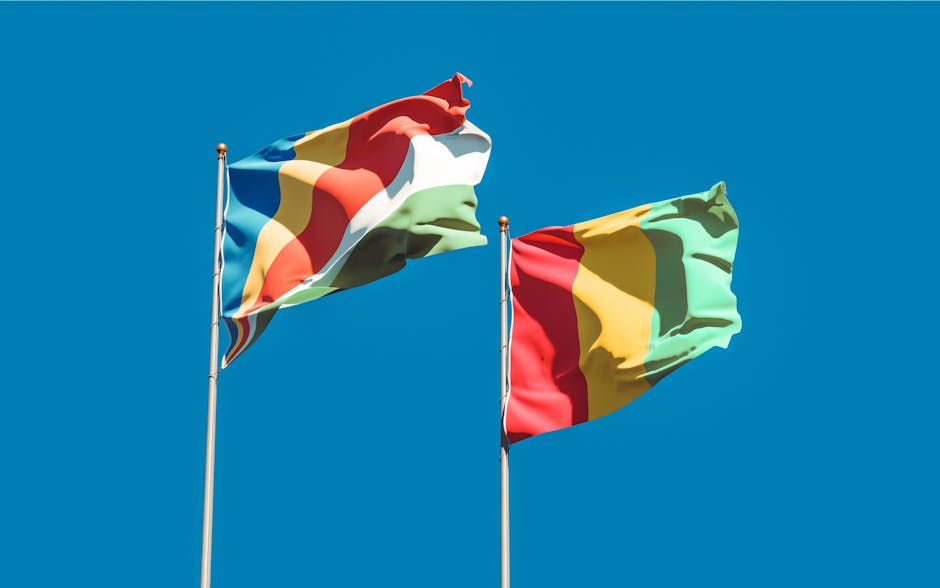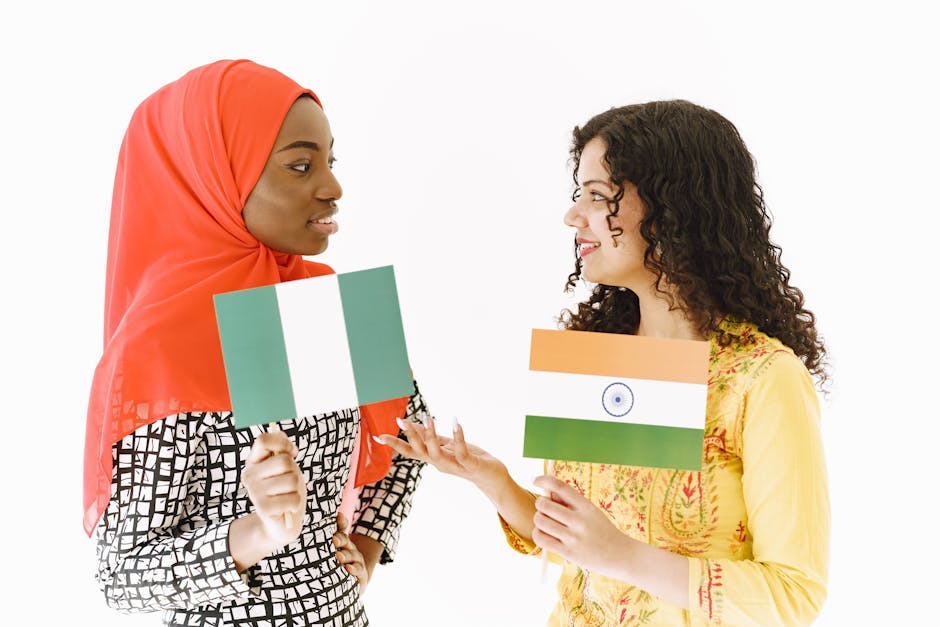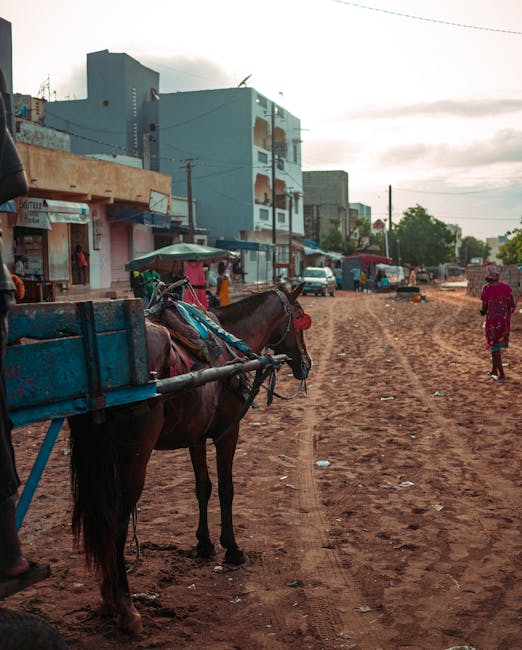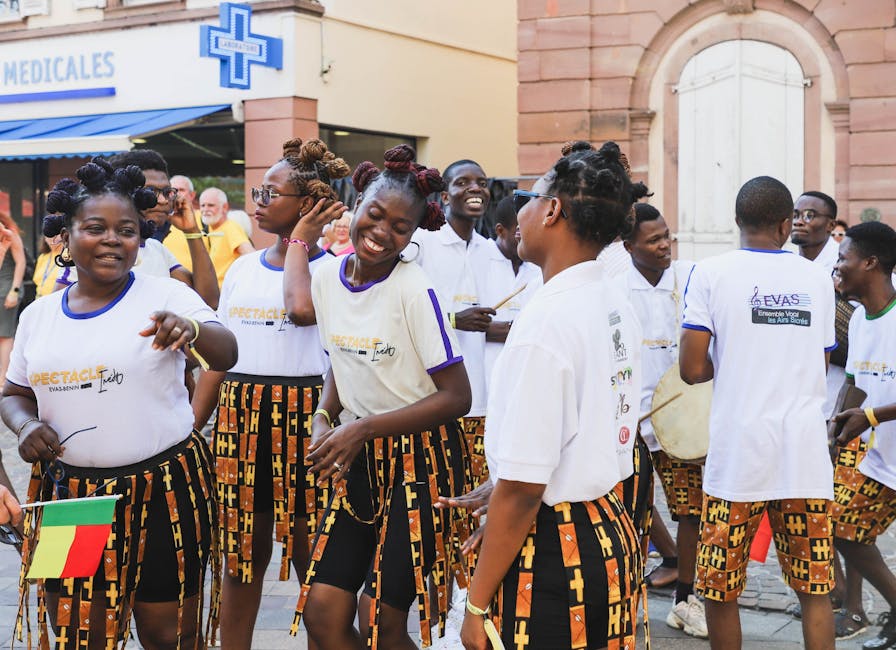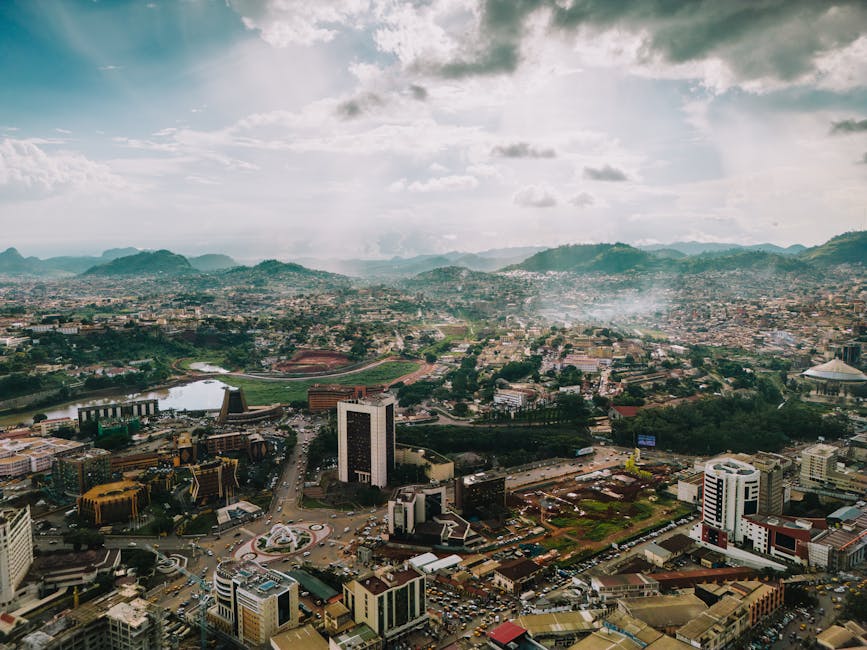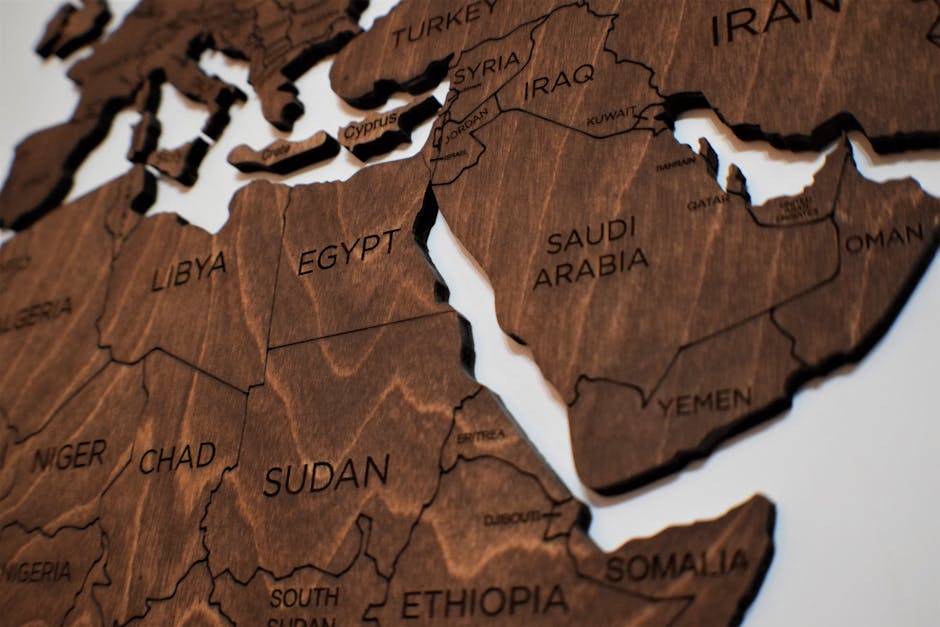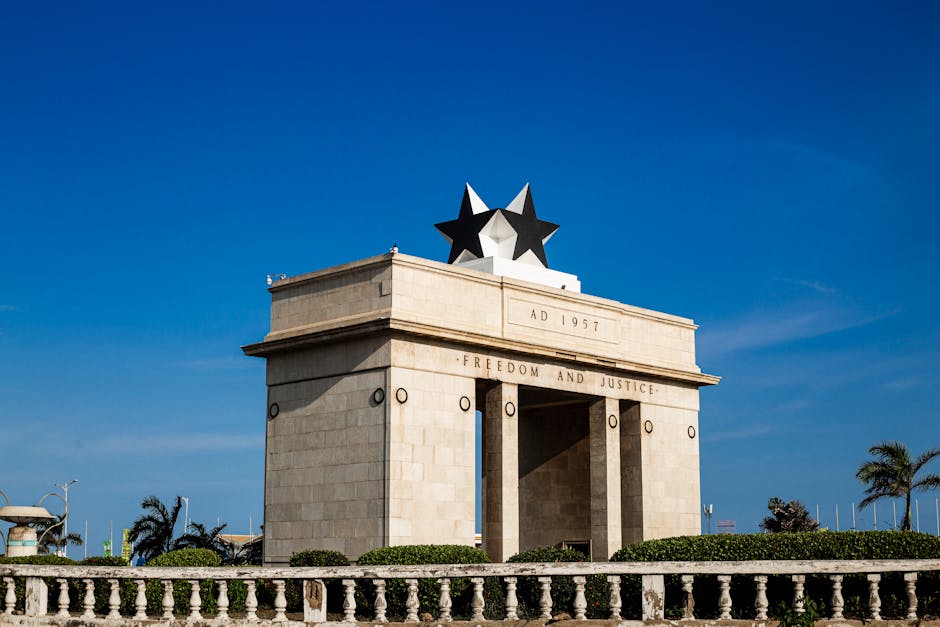Burkina Faso
Overview
Burkina Faso, located in West Africa, is a landlocked country rich in culture and traditions. It is known for its warm and friendly people, vibrant music and dance scene, and beautiful handicrafts. The country's unique cultural heritage is showcased in the numerous festivals held throughout the year, such as the Festival International de la Culture Hip Hop and the Pan-African Film and Television Festival of Ouagadougou. Burkina Faso's landscape is also unique, featuring a blend of savannas, forests, and wetlands, which hosts diverse species of wildlife.
The country's high season for tourism is during the dry season, from November to February. During this period, the weather is cooler and more pleasant, making it an ideal time for outdoor activities. Visitors can explore the country's natural beauty by taking a safari in the "W" National Park, or visiting the Sindou Peaks, a surreal rock formation that is a UNESCO World Heritage site. Burkina Faso's vibrant markets, particularly in the capital city of Ouagadougou, are a must-see for tourists, offering a wide range of beautiful handicrafts, textiles, and jewelry.
Before visiting Burkina Faso, travelers should ensure they are up-to-date on routine vaccines including measles-mumps-rubella (MMR), diphtheria-tetanus-pertussis, varicella (chickenpox), polio, and a yearly flu shot. Additionally, some travelers may need Hepatitis A, Hepatitis B, Meningitis, and Typhoid vaccinations depending on what you will be doing. It is crucial to check travel advisories and stay informed about the local customs and regulations. French is the official language of Burkina Faso, so learning a few basic phrases can be helpful. It's also important to note that the country's currency is the West African CFA franc, and credit cards are not widely accepted outside of major cities, so carrying cash is advisable.
A Glimpse into the Past
Burkina Faso, a landlocked country in West Africa, is rich in history, culture, and natural beauty. Its history is a tapestry woven from ancient civilizations, colonial rule, and a quest for independence, all of which shape its vibrant identity today.
The earliest inhabitants of what is now Burkina Faso were the Gourounsi and Mossi peoples, who established powerful kingdoms in the region. The Mossi Kingdoms, notably the Ouagadougou, Tenkodogo, and Zondoma kingdoms, dominated the area from the 11th century onwards. These kingdoms were characterized by their strong political structures and were known for their resistance against external forces, such as the Fulani invaders in the 19th century. Visitors can explore remnants of this rich heritage in places like the Mossi royal palaces in Ouagadougou, which showcase traditional architecture and the unique customs of the Mossi people.
In the late 19th century, the French colonized the region, incorporating it into the larger French West Africa. This period was marked by the imposition of colonial rule and economic exploitation, as the French sought to extract resources and impose their culture. The name "Burkina Faso" was adopted after independence in 1960, symbolizing the country's journey towards self-identity. The word "Burkina" means "upright" in the Mossi language, while "Faso" translates to "father's house" in the Dioula language, reflecting the cultural diversity of the nation.
The struggle for independence was not without its challenges. The country experienced a series of coups and political instability in the decades following independence. However, one of the most significant figures in Burkina Faso's history is Thomas Sankara, who came to power in a 1983 coup. Sankara, often referred to as the "African Che Guevara," implemented progressive policies aimed at improving education, health care, and women's rights. His leadership inspired a sense of nationalism and self-sufficiency, making him a revered figure in Burkina Faso and across the continent. Visitors can learn about Sankara's legacy at the Thomas Sankara Memorial in Ouagadougou, which celebrates his ideals and contributions.
Despite Sankara’s assassination in 1987, his vision for a more equitable society continues to resonate with many Burkinabé. The country has seen a resurgence of civil society activism and a push for democratic governance. In recent years, Burkina Faso has faced challenges such as security threats from extremist groups, which have impacted tourism. However, the resilience of the people and their commitment to peace and stability remain strong.
For travelers, Burkina Faso offers a wealth of experiences that showcase its rich cultural heritage. The country is home to numerous ethnic groups, each with its own customs, languages, and traditions. The vibrant markets, such as the Ouagadougou Grand Market, are a feast for the senses, filled with colorful textiles, handcrafted goods, and local cuisine. Traditional dishes like riz gras and to (a kind of millet porridge) reflect the culinary diversity of the nation.
One of the most remarkable cultural events is the FESPACO (Panafrican Film and Television Festival of Ouagadougou), which takes place every two years and attracts filmmakers and cinema enthusiasts from across Africa and beyond. This festival is a celebration of African cinema and provides insights into contemporary issues facing the continent.
Nature enthusiasts will find much to love in Burkina Faso as well. The country is home to stunning landscapes, including the Arly National Park and the W National Park, both of which offer opportunities for wildlife viewing and experiencing the natural beauty of the region. The parks are habitats for various species, including elephants, lions, and numerous bird species, making them ideal destinations for eco-tourism.
The Laongo Sculpture Symposium, located near Ouagadougou, is another gem for visitors. This site features a collection of impressive granite sculptures created by artists from around the world, blending art with the natural landscape. It serves as an open-air museum and a testament to the creativity and cultural expressions of Burkina Faso.
For those interested in traditional crafts, the city of Bobo-Dioulasso is a hub for artisans, particularly known for its vibrant textile production. The Artisanal Village in Bobo-Dioulasso showcases local crafts, including pottery, weaving, and leatherwork, providing a unique opportunity for travelers to support local artisans and purchase authentic souvenirs.
The festivals of Burkina Faso are a vital aspect of its cultural landscape. The Fête de la Musique in June celebrates the diversity of music in the country, while the Festival International de Danse de Ouagadougou highlights the rich dance traditions of various ethnic groups. These events not only offer entertainment but also provide insights into the social and cultural fabric of the nation.
In terms of architecture, the Grand Mosque of Bobo-Dioulasso is one of the most striking landmarks, showcasing traditional Sahelian architecture with its mud-brick construction and distinctive minarets. Visitors can explore the mosque and the surrounding neighborhoods, immersing themselves in the local culture.
While Burkina Faso is often overshadowed by its neighbors in terms of tourism, those who venture here are rewarded with authentic experiences and the warmth of its people. The country’s commitment to preserving its cultural heritage, alongside the resilience of its society, makes it a fascinating destination for travelers looking to explore the heart of West Africa.
Safety remains a priority for travelers, and it's essential to stay informed about the current socio-political climate. Engaging with local tour operators and respecting cultural norms will enhance the travel experience while supporting the local economy. As Burkina Faso continues to navigate its challenges, the spirit of its people and the richness of its history remain a draw for those seeking to discover an unfiltered slice of African life.
In summary, Burkina Faso is a country where history, culture, and nature converge, offering travelers a unique glimpse into West Africa's past and present. From the historical significance of the Mossi Kingdoms to the modern-day challenges and resilience of its people, Burkina Faso is a vibrant destination waiting to be explored.
Top cities for tourists in Burkina Faso
Discover the Famous Cities That Might Captivate Your Interests
Must-Try Foods You Can't Afford to Miss
Indulge in a Variety of Fantastic Foods During Your Stay in Burkina Faso
May Be Your Next Destinations
People often choose these countries as their next destination


